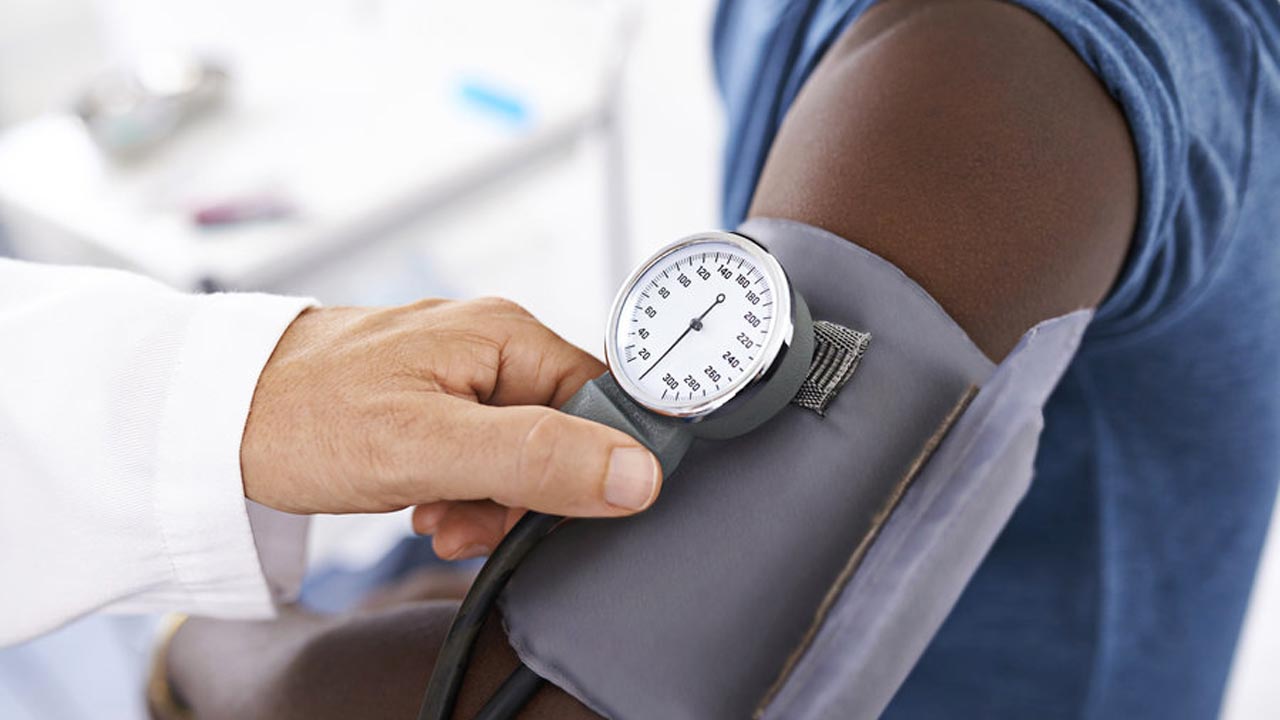“What do I do if the victim is pregnant?” This is a common question that Emergency Care Instructors hear during CPR and AED topics.
Just like with any other victim, it’s better to provide care than to do nothing at all. In fact, you won’t perform CPR or use the AED any differently than you would with a non-pregnant person.
Here’s some information to better understand how a woman’s body adapts during pregnancy and considerations to take when providing emergency care.
Heart Health During Pregnancy
Pregnancy causes many changes in anatomy and physiology that can create an extra strain on a woman’s body.
During pregnancy, there’s an increased need for blood flow within the mother’s body. Cardiac output (or blood volume) rises 30-50% to meet the needs of both the mother and growing baby. And a woman’s heart rate may increase by 15-20 beats per minute throughout her pregnancy.
With the heart working overtime and other influencing factors, many health conditions can arise during pregnancy.
CPR-on-a-Pregnant-Woman
Maternal Cardiac Arrest
Cardiac arrest can happen to anyone at any time, including during pregnancy. Recent data suggests cardiac arrest occurs in 1 out of 12,000 admissions for delivery in the U.S. But that number doesn’t include women who experience cardiac arrest outside of a hospital setting.
While its considered rare, maternal cardiac arrest can happen for many reasons. If a pregnant woman were to collapse in front of you, would you know what to do?
CPR and AED Use on a Pregnant Person
Bystanders can become more hesitant to perform CPR when the person is pregnant. And even more so when using an AED. But it’s important to remember that without providing these life-saving measures, the mother and the baby will likely not survive.
So, act fast and with confidence.
Call emergency services if possible. Let the call-taker know the woman is pregnant, so the emergency response personnel can be prepared to respond accordingly when they arrive on the scene.
Start CPR. There is no scientific evidence to support changing your hand placement for chest compressions on a pregnant woman. If you aren’t trained, give compression-only CPR by pushing hard and fast at the center of the chest just as you would for any victim of cardiac arrest. But be aware that when a visibly pregnant woma is lying flat on her bact, the uterus compreses blood vessels in the abdomen thereby interfering with blood flow to the heart generated by the chest compression, therefore manual lateral uterine displacement can help to relieve this pressure.
Use the AED. The sooner an AED shock can be provided, the better chances for survival. An AED shock would be expected to pass minimal energy to the baby and is considered safe in all stages of pregnancy.
If the woman becomes responsive, position her on her left side to improve blood flow to the heart and baby.
To get CPR, AED and First Aid certified, send a mail to [email protected].
By Anthony Nwaobi
AHA and ASHI Instructor
08054834694





